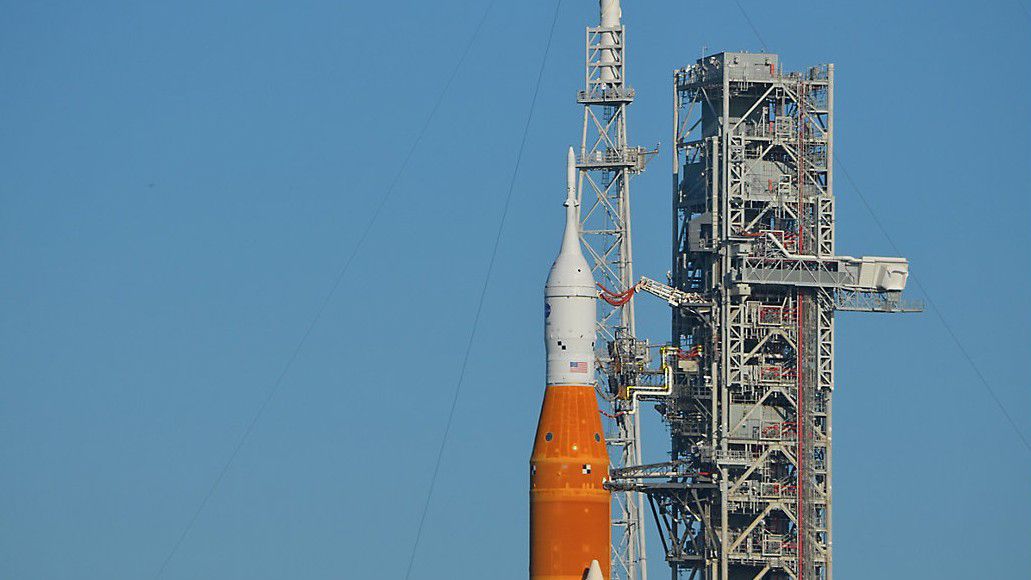The third launch attempt for the Artemis I mission to the Moon could be just over a week away, but first an important test is looming for NASA’s 322-foot-tall Space Launch System (SLS) rocket.
What You Need To Know
- The Artemis I mission is targeting no earlier than launch on Sept. 27
- NASA leaders will offer an update on the mission on Monday, Sept. 19, during a teleconference
- Prior to the next launch attempt, NASA will conduct a cryogenic demonstration test
Ahead of a cryogenic demonstration test set for Wednesday, Sept. 21, the agency will host a teleconference with press to talk about where things stand with the crucial mission.
The briefing will take place at 11:30 a.m. EDT on Monday, Sept. 19. The following are expected to be on the call:
Tom Whitmeyer, deputy associate administrator for Common Exploration Systems Development, NASA Headquarters
Mike Sarafin, Artemis mission manager, NASA Headquarters
Jeremy Parsons, deputy manager, Exploration Ground Systems Program, NASA’s Kennedy Space Center
John Blevins, chief engineer, Space Launch System Program, NASA’s Marshall Space Flight Center
The cryo test will be a demonstration of the repair work that the Exploration Ground Systems team has done to fix a hydrogen leak discovered in the runup to the last launch attempt on Sept. 3. They have been working alongside both the (SLS) team and folks from Boeing, the primary SLS contractor.
As of Friday, they have two launch dates that are on the table: Sept. 27 and Oct. 2. The latter is under review.
Part of the consideration for these dates has to do with the Orion spacecraft sitting atop SLS at Launch Complex 39B. While it’s making its lunar excursion, NASA will use what’s called the Deep Space Network (DSN) to help communicate with the spacecraft during key moments of the mission.
During a press briefing on Monday regarding the Double Asteroid Redirect Test (DART) mission, Evan Smith, the deputy mission systems engineer for DART, said that they’ve been able to continuously use the DSN from about 30 days out from the expected impact.
“One good thing about this is that we’re going to be in a different part of the sky than Artemis,” Smith said. “So, we shouldn’t be competing too much for the resources. At the same time, it is absolutely critical that last day that we have 24/7 DSN coverage.”
One of the other big points of consideration before NASA can reach a launch date is whether they will get an extension of the flight termination system batteries on the core stage of the rocket.
That decision is being evaluated by Space Launch Delta 45 at Cape Canaveral Space Force Station, but they have publicly announced nothing as of Friday night.
The weather also remains a constant factor during this time of the year. Spectrum News 13 Chief Meteorologist Bryan Karrick said lightning could factor into the cryo test, but it’s difficult to tell at what point.
“We will be more into an onshore flow, which would take the east coast sea breeze inland a little sooner and keep isolated showers/storms inland late that afternoon and evening, but it’s way too early to tell right now where lightning will set up during the day,” Karrick said Friday evening. “We’ll also have Fiona, potentially a hurricane by Wednesday, well to our east and impacting our pattern.”
If all stays on schedule, the cryogenic demonstration test will begin at 7:15 a.m. EDT on Wednesday, Sept. 21.








